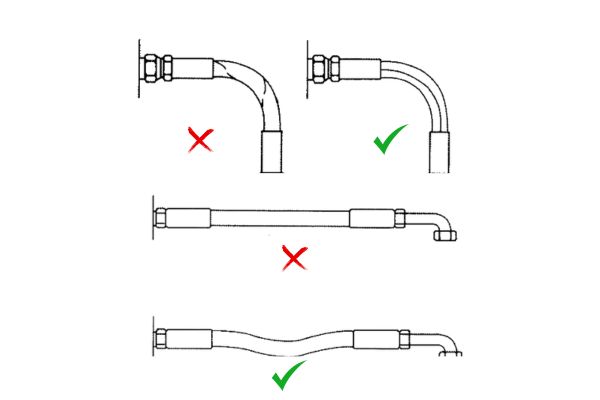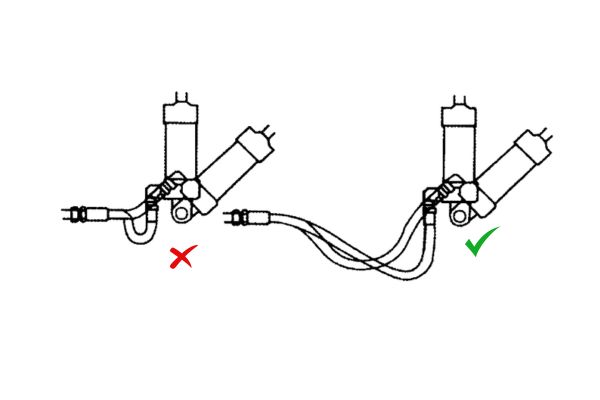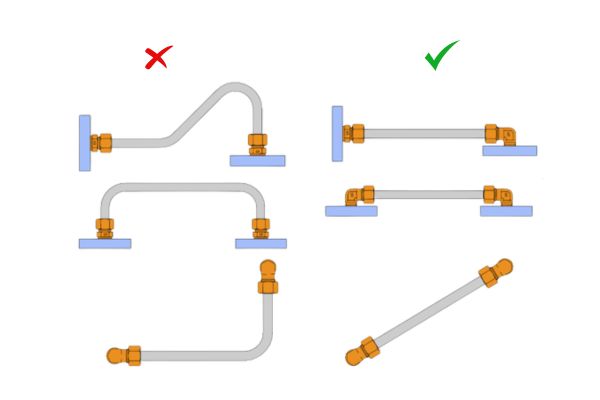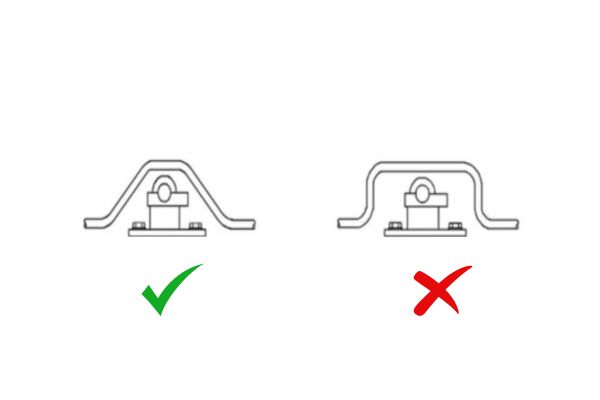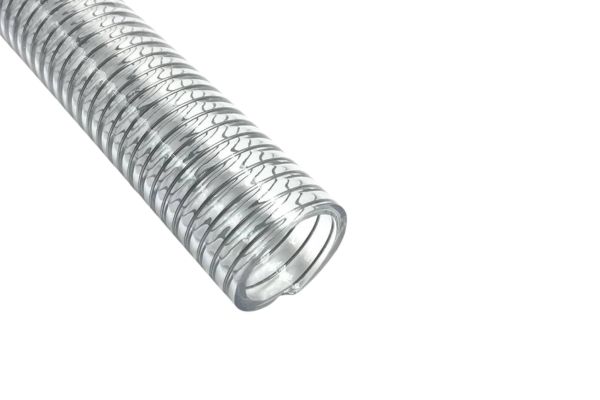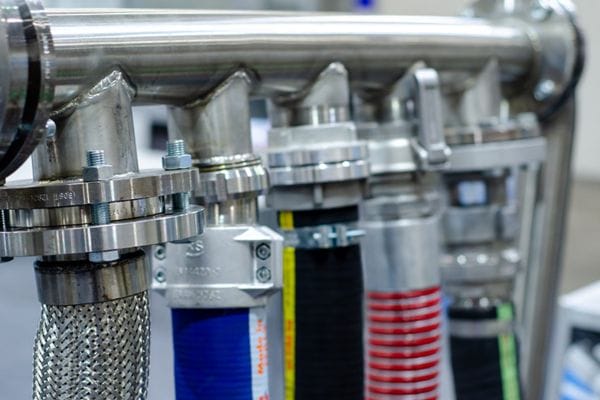Pressure drop refers to the reduction in pressure that occurs as hydraulic fluid flows through the components or piping of a hydraulic system. It represents the energy lost due to friction and other resistive forces encountered by the fluid during flow. Pressure drop is a natural phenomenon in any hydraulic system, as the fluid has to overcome internal friction within pipes, hoses, and fittings, as well as the turbulence caused by various components.
Causes of Pressure Drop in Hydraulic Systems
Frictional Resistance
Frictional resistance is one of the most common causes of pressure drop in hydraulic systems. As hydraulic fluid moves through the system’s pipes, hoses, and fittings, it encounters resistance from the internal surfaces of the system components. This resistance occurs because of the friction between the fluid and the walls of the pipes, hoses, or fittings.
Impact of Friction: The longer the pipe or hose and the rougher the internal surface, the greater the friction, and thus the more significant the energy losses. Friction reduces the fluid’s velocity and, consequently, the system’s efficiency, leading to a reduction in pressure. Smooth, well-maintained pipes will reduce frictional losses compared to rough, corroded, or contaminated pipes.
Factors Affecting Friction:
Pipe Length: Longer pipes provide more surface area for friction, increasing the pressure drop.
Pipe Diameter: Smaller diameter pipes increase friction, causing a larger pressure drop.
FluidViscosity: Thicker (more viscous) fluids experience higher frictional resistance compared to thinner (less viscous) fluids, leading to higher pressure drops.
Local Resistance
Local resistance occurs when the hydraulic fluid is forced to change direction or speed. This can happen at points where the fluid flow is disrupted, such as in bends, fittings, valves, or any other changes in the pipeline layout. These disruptions create areas of turbulence or vortices in the fluid, which increases the resistance to flow and causes additional pressure drop.
Turbulent Flow: When the fluid experiences changes in direction or speed, especially in sudden bends or sharp turns, the flow becomes turbulent. Turbulent flow significantly increases resistance compared to laminar (smooth) flow. The energy lost during turbulence contributes to the overall pressure drop.
Impact of Local Resistance:
Flow Direction Changes: Sudden changes in direction, such as sharp bends, elbows, or tees, lead to local turbulence, which increases pressure loss.
Flow Velocity: High-speed fluid flowing through a restrictive section of the system, like a narrowing pipe or valve, leads to increased local resistance and higher pressure drop.
Elbows and Connectors
Elbows, tees, reducers, and other fittings are necessary for the physical layout of hydraulic systems. However, they introduce local resistances that cause pressure drops. The more complex the system with numerous elbows and connectors, the higher the cumulative pressure drop.
How Elbows and Connectors Affect Flow: When the fluid is forced to navigate around elbows or through tees, its flow path becomes obstructed, which increases resistance. These components cause a significant amount of turbulence and friction, leading to a greater energy loss. The larger the angle of the bend or the more restrictive the fitting, the higher the pressure drop.
Minimizing Pressure Drop from Fittings:
Use Larger Radius Elbows: Fittings with larger radii result in smoother transitions for the fluid and lower resistance.
Minimize the Number of Connectors: Minimizing the number of bends, tees, and elbows in a hydraulic circuit will reduce the total pressure drop.
Valve and Control Elements
Valves, filters, and other control elements play a significant role in regulating the flow and pressure of the hydraulic system. However, they can also introduce significant pressure drops, especially if they are improperly sized, installed, or maintained.
Valve Restrictions: A partially closed valve increases the resistance to fluid flow, significantly raising the pressure drop. Even valves that are fully open can cause pressure losses if their design is inadequate for the system’s flow rate. For example, globe valves or throttling valves can cause substantial pressure drops when controlling high-flow conditions.
Clogged Filters: Filters serve to remove contaminants from the hydraulic fluid, but over time, they can become clogged with debris, dirt, or other particulate matter. A clogged filter increases the resistance to fluid flow, causing a noticeable pressure drop. It’s important to regularly inspect and replace filters to avoid excessive pressure loss.
Impact of Control Elements:
Pressure Relief Valves: These are used to maintain system pressure within safe operating limits, but if malfunctioning, they can result in additional pressure losses.
Flow Control Valves: These regulate the flow rate of the fluid in the system, and improper calibration or partial obstruction can create high pressure drops.
Impacts of Pressure Drop on Hydraulic Systems:
Reduced Efficiency
Pressure drop directly results in energy loss within the hydraulic system. As the hydraulic fluid moves through pipes, hoses, and components, the energy required to overcome friction and turbulence is dissipated, primarily in the form of heat. This energy loss reduces the overall efficiency of the system and affects its performance.
Energy Consumption: To compensate for the pressure drop and maintain the desired flow rate, the hydraulic pump must work harder, consuming more energy. This increases the load on the pump, leading to higher operational costs. Over time, the pump may experience increased wear, reducing its lifespan and requiring more frequent maintenance or replacement.
Operational Costs: In industrial systems, significant pressure drops may necessitate the use of larger, more powerful pumps or motors, leading to further increases in energy consumption. This ultimately raises operational costs and contributes to inefficiencies in the system’s overall operation.
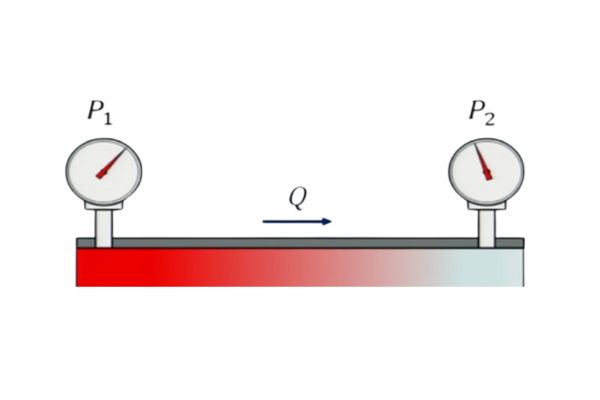
Decreased Performance
A significant pressure drop can severely affect the performance of the hydraulic system, particularly in systems that rely on actuators, such as hydraulic cylinders or motors.
Inadequate Force or Speed: The pressure within the system is directly tied to the force and speed generated by hydraulic actuators. If the pressure drops too much, the system may fail to generate the necessary force or speed, which results in poor performance. This could cause slower operation, reduced cycle times, and difficulty achieving the desired motion or precision, especially in tasks that require fine control.
Slower Response Times: In systems where rapid response times are crucial (e.g., in robotics, precision manufacturing, or heavy machinery), a high pressure drop can lead to slower reaction times. This can cause delays in system performance, reduce overall productivity, and compromise the system’s ability to handle time-sensitive tasks efficiently.
Increased Wear and Tear
When the system experiences significant pressure drops, it indicates that fluid is flowing under non-ideal conditions, which puts additional strain on various components like pumps, valves, and fittings.
Strain on Components: As the system works harder to compensate for the loss of pressure, hydraulic components like pumps, valves, seals, and motors are subjected to increased wear and tear. Over time, this strain can lead to premature component failure, requiring more frequent repairs or replacements, increasing maintenance costs, and reducing the overall reliability of the system.
Reduced Lifespan of Components: Prolonged exposure to higher stresses due to pressure drop can shorten the lifespan of critical components. For instance, pumps might suffer from excessive heat generation or cavitation, and seals or valves may wear out more quickly, leading to leaks or failures.
System Overheating
Energy lost as friction and turbulence in the system is typically dissipated as heat. This increase in temperature can cause significant issues within the hydraulic system.
Hydraulic Fluid Degradation: Higher temperatures can accelerate the breakdown of the hydraulic fluid, reducing its effectiveness as a lubricant and coolant. As the fluid degrades, its viscosity changes, which can further exacerbate pressure drops and increase friction in the system. This creates a vicious cycle that leads to even greater energy losses.
Component Damage: Overheating can also cause damage to other system components, such as seals, hoses, and even the pump. Rubber seals may become brittle, and the oil may lose its ability to provide proper lubrication, leading to faster wear and the potential for leakage. If the system operates in a consistently high-temperature range, it may also lead to failure of critical components, resulting in costly repairs or even system shutdowns.
Potential System Failure
Excessive pressure drops can lead to system failure, particularly if the drop exceeds certain operational limits or if the system is not designed to cope with such variations.
Inconsistent Performance: If pressure drops are not addressed, the hydraulic components may operate outside their intended pressure range. This inconsistency can lead to malfunctioning actuators, slower cycle times, or an inability to perform critical tasks. In some cases, the hydraulic system may be unable to maintain the required pressure, causing an immediate failure.
Unplanned Downtime and Repairs: If pressure drops become severe, they may trigger cascading issues within the system. For example, a valve that is struggling to maintain pressure may cause other components to overheat or operate inefficiently. This could lead to unscheduled downtime for repairs, further driving up operational costs and decreasing system availability.
Managing Pressure Drop in Hydraulic Systems
To minimize the impact of pressure drop and ensure optimal performance in a hydraulic system, several key strategies and best practices should be implemented:
Use Properly Sized Piping and Hoses
Ensure that the pipes and hoses are appropriately sized to match the system’s requirements, including flow rate and pressure. Oversized or undersized piping can lead to unnecessary pressure losses. Correct sizing allows the fluid to flow smoothly, reducing the resistance and minimizing pressure drop.
Importance of Proper Sizing: Properly sized piping reduces friction losses and helps maintain consistent flow and pressure. It also ensures that the system operates efficiently without unnecessary strain on the pump or other components.
Minimize Bends and Connections
Each bend, elbow, or connection in the hydraulic system adds resistance to the fluid flow, contributing to additional pressure drop. By minimizing the number of bends and connections in the piping layout, the fluid can flow more smoothly, reducing turbulence and friction.
Optimizing Pipe Layout: Where possible, design the system with fewer turns or use straight pipe sections. Also, choose smooth-flowing fittings and connectors to reduce local resistances at junctions.
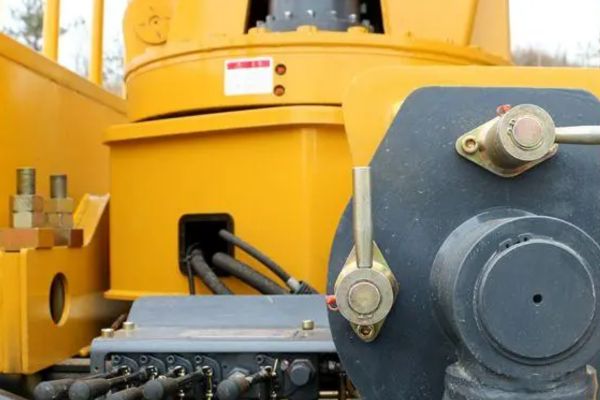
Regularly Clean or Replace Filters
Filters are essential for maintaining the quality of hydraulic fluid and preventing contaminants from entering the system. However, if filters become clogged, they can cause significant pressure drop, restricting fluid flow and reducing system efficiency.
Preventing Blockages: Regularly clean or replace filters to prevent clogging and ensure the fluid can flow freely without added resistance. This will also help maintain the health of the system’s components by preventing damage from contaminants.
Ensure Correct Valve Sizing, Calibration, and Maintenance
Valves play a critical role in regulating fluid flow and pressure in the system. Improperly sized, miscalibrated, or poorly maintained valves can create excessive resistance, leading to pressure drops.
Valve Sizing and Calibration: Ensure that valves are properly sized for the flow requirements of the system and are calibrated to function within their specified pressure range. Regular maintenance and checks should be performed to avoid leaks or blockages that could further impede the flow.
Opt for High-Quality Components with Smooth Internal Surfaces
Using high-quality components with smooth internal surfaces, such as hoses, pipes, and fittings, can significantly reduce friction. Rough or damaged internal surfaces increase resistance, leading to higher pressure drops.
Material Selection: Choose components that are made from materials with low friction coefficients and ensure that the internal surfaces are free from corrosion, roughness, or wear that can disrupt fluid flow.
Use Proper Fluid Viscosity and Keep the Fluid Clean
The viscosity of the hydraulic fluid directly affects the pressure drop. Thicker fluids have higher resistance to flow, causing greater pressure drops. Additionally, contaminants in the fluid, such as dirt or water, can also increase resistance.
Maintaining Fluid Quality: Use the correct fluid viscosity for the operating temperature and conditions. Regularly check and change the hydraulic fluid as needed, and ensure that the fluid is free of contaminants. A clean, appropriately viscous fluid will flow more easily, reducing the overall pressure drop.
Conclusion
Pressure drop results from energy losses due to friction, turbulence, and resistances in various system components, which can lead to higher energy consumption, decreased performance, and increased wear on parts. By implementing effective strategies such as using properly sized piping and hoses, minimizing bends and connections, maintaining clean filters, and ensuring valves and components are appropriately calibrated, the negative impacts of pressure drop can be minimized.
FAQ
What causes pressure drop in hydraulic systems?
Pressure drop is caused by friction, turbulence, and resistance from components like pipes, hoses, valves, and fittings. These factors reduce fluid flow and lead to energy loss.
How does pressure drop affect hydraulic system performance?
Pressure drop can reduce the force and speed of hydraulic actuators, leading to slower operation, less precision, and decreased system efficiency.
How can pressure drop be minimized in hydraulic systems?
To minimize pressure drop, ensure proper sizing of piping and hoses, reduce bends and connections, maintain clean filters, and use high-quality components with smooth internal surfaces.
Why is regular maintenance important for managing pressure drop?
Regular maintenance helps ensure filters are clean, valves are properly calibrated, and components are in good condition, all of which help reduce resistance and prevent excessive pressure drop.
What is the role of fluid viscosity in pressure drop?
Fluid viscosity affects the amount of friction in the system. Using the correct viscosity ensures that the fluid flows smoothly, reducing resistance and minimizing pressure drop.
How does pressure drop increase operational costs?
A high pressure drop forces the hydraulic pump to work harder, consuming more energy. This leads to higher operational costs and can also cause additional wear on the pump, reducing its lifespan.



